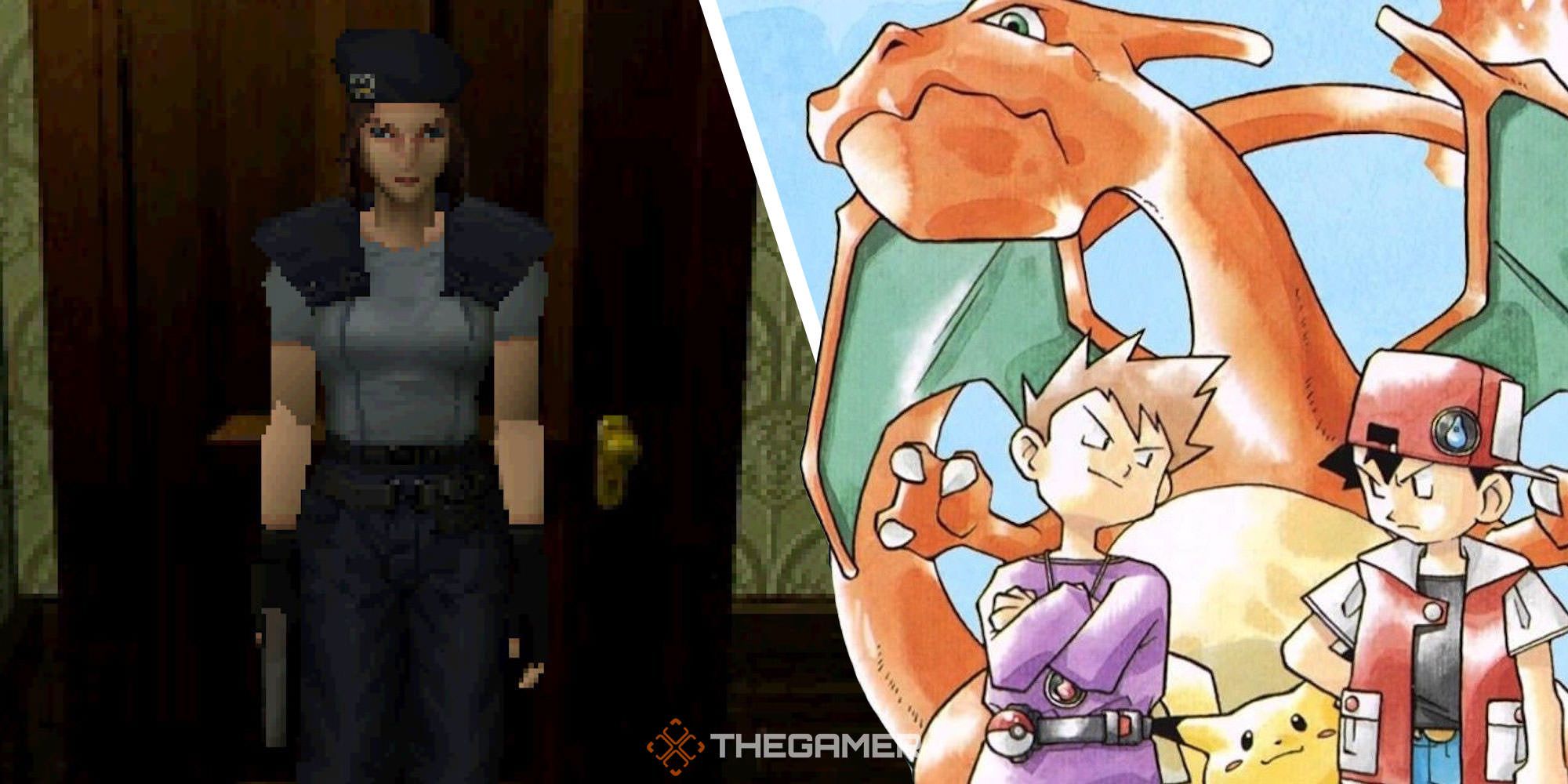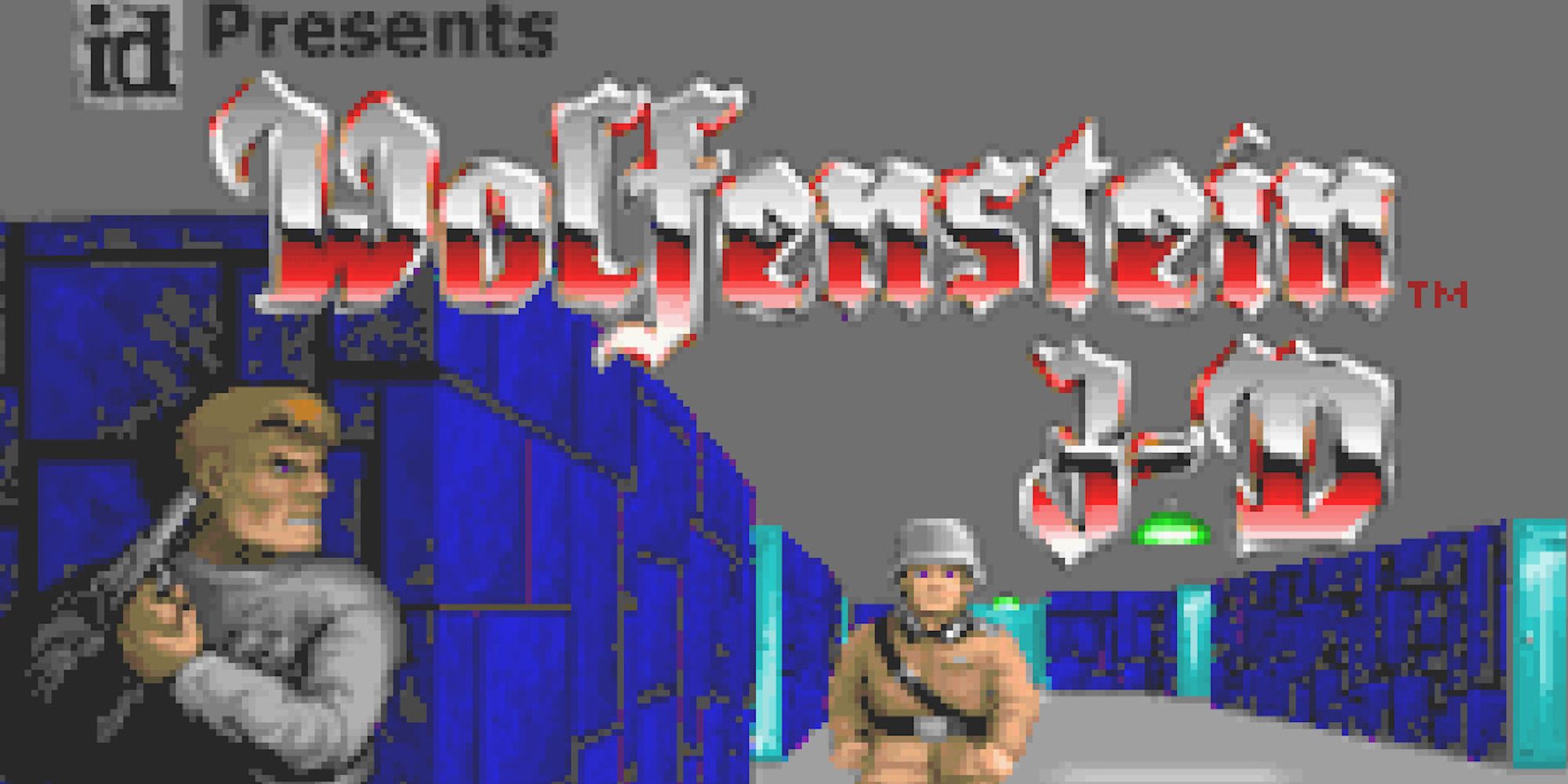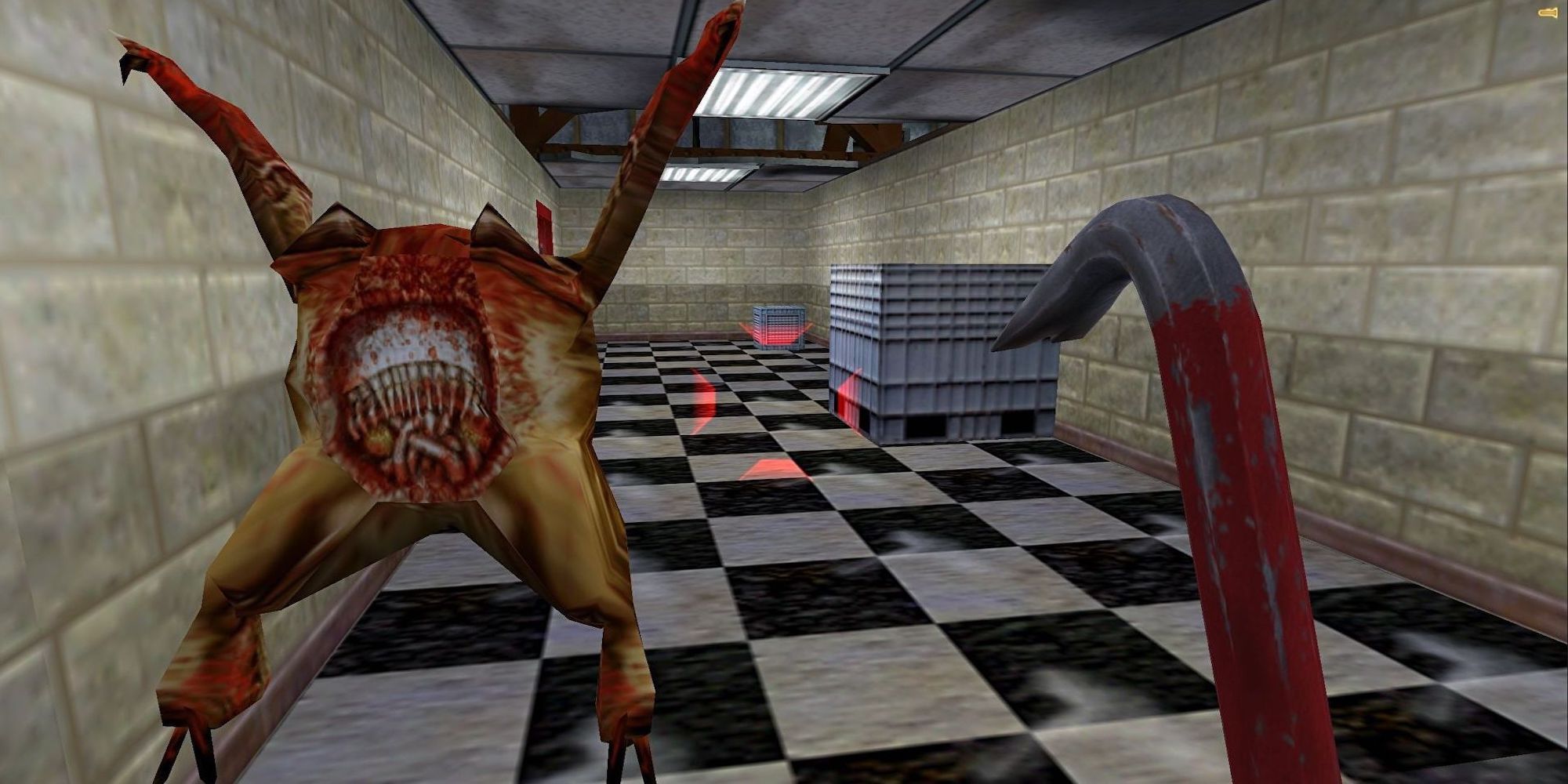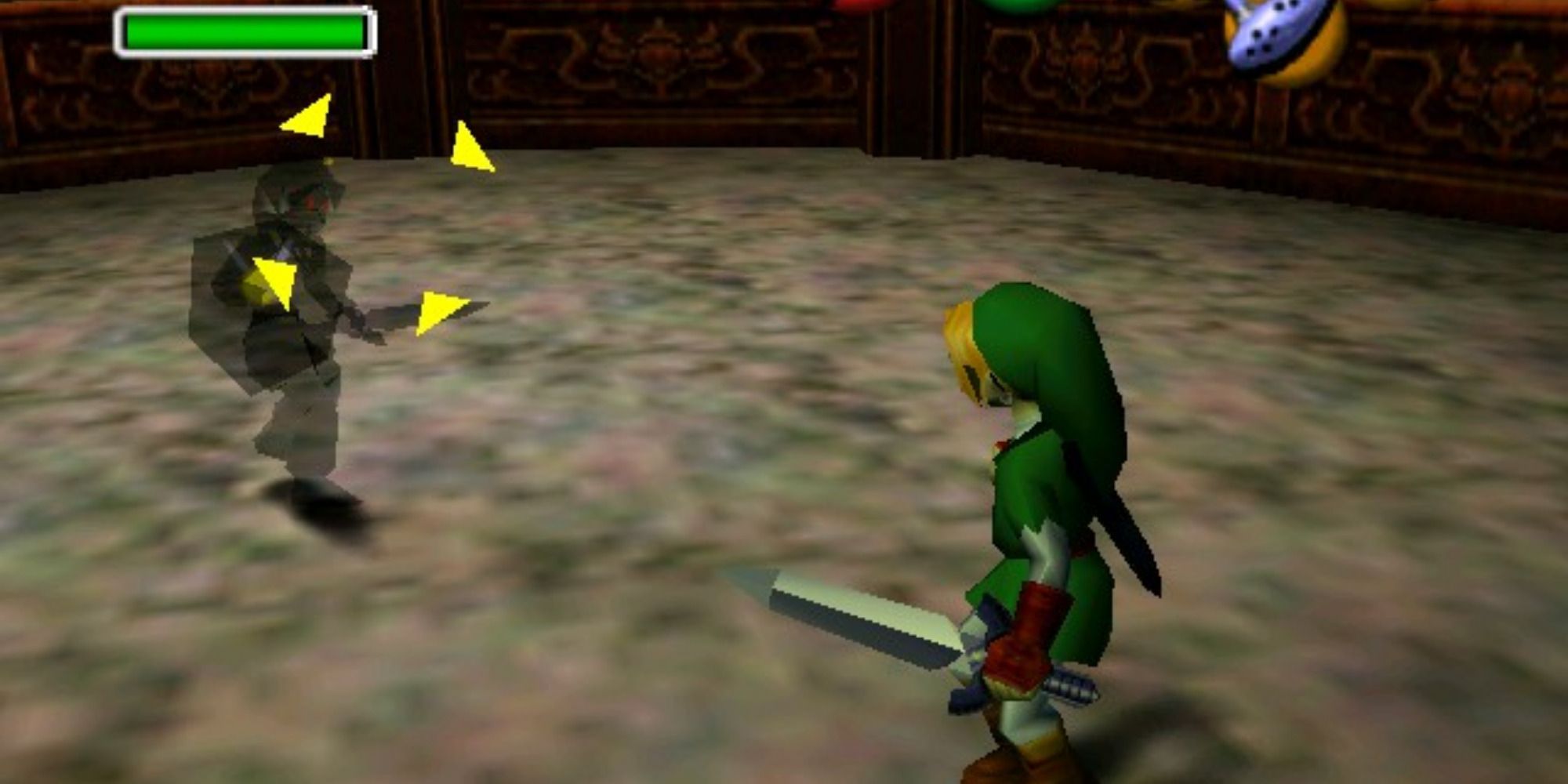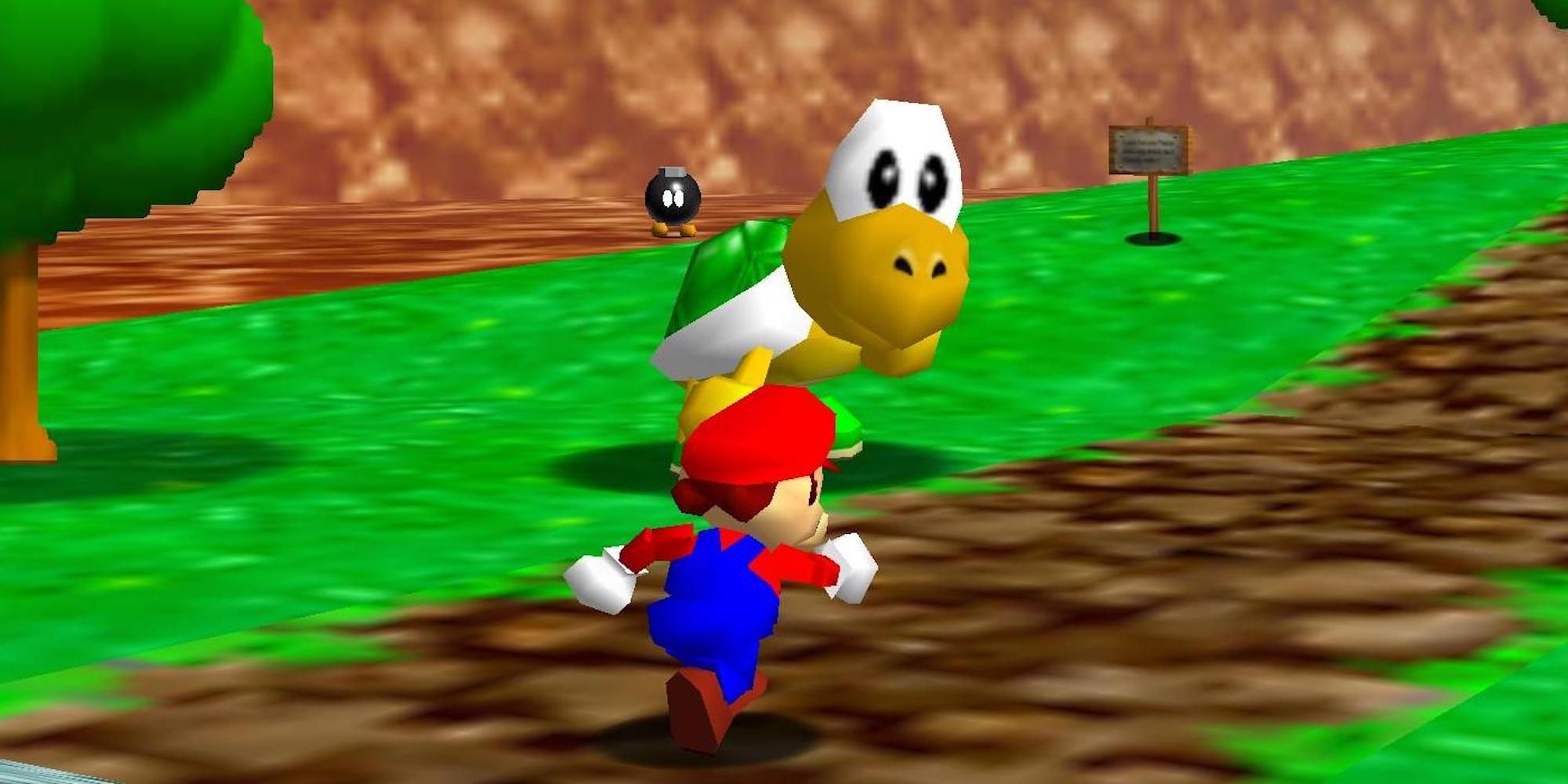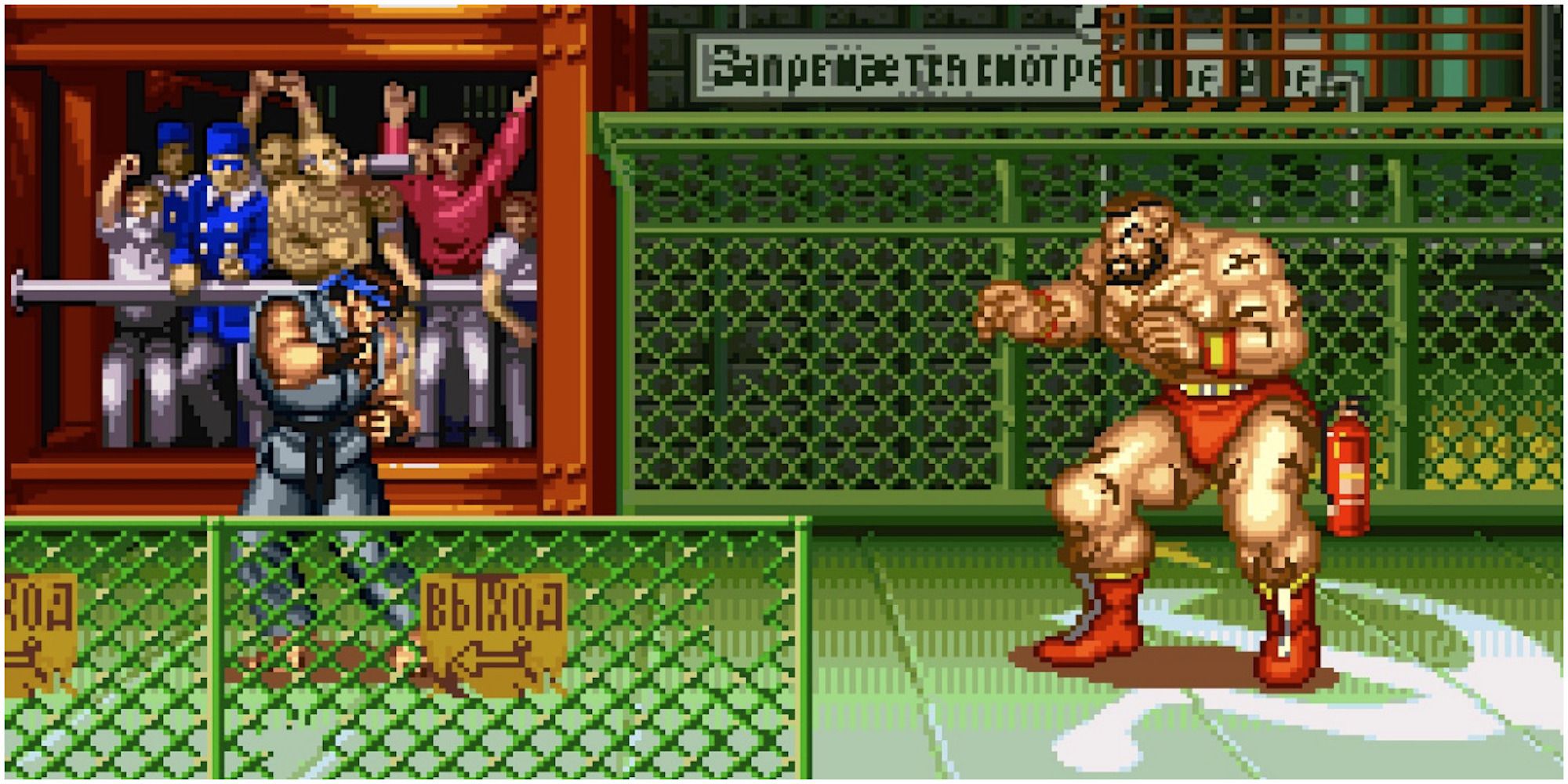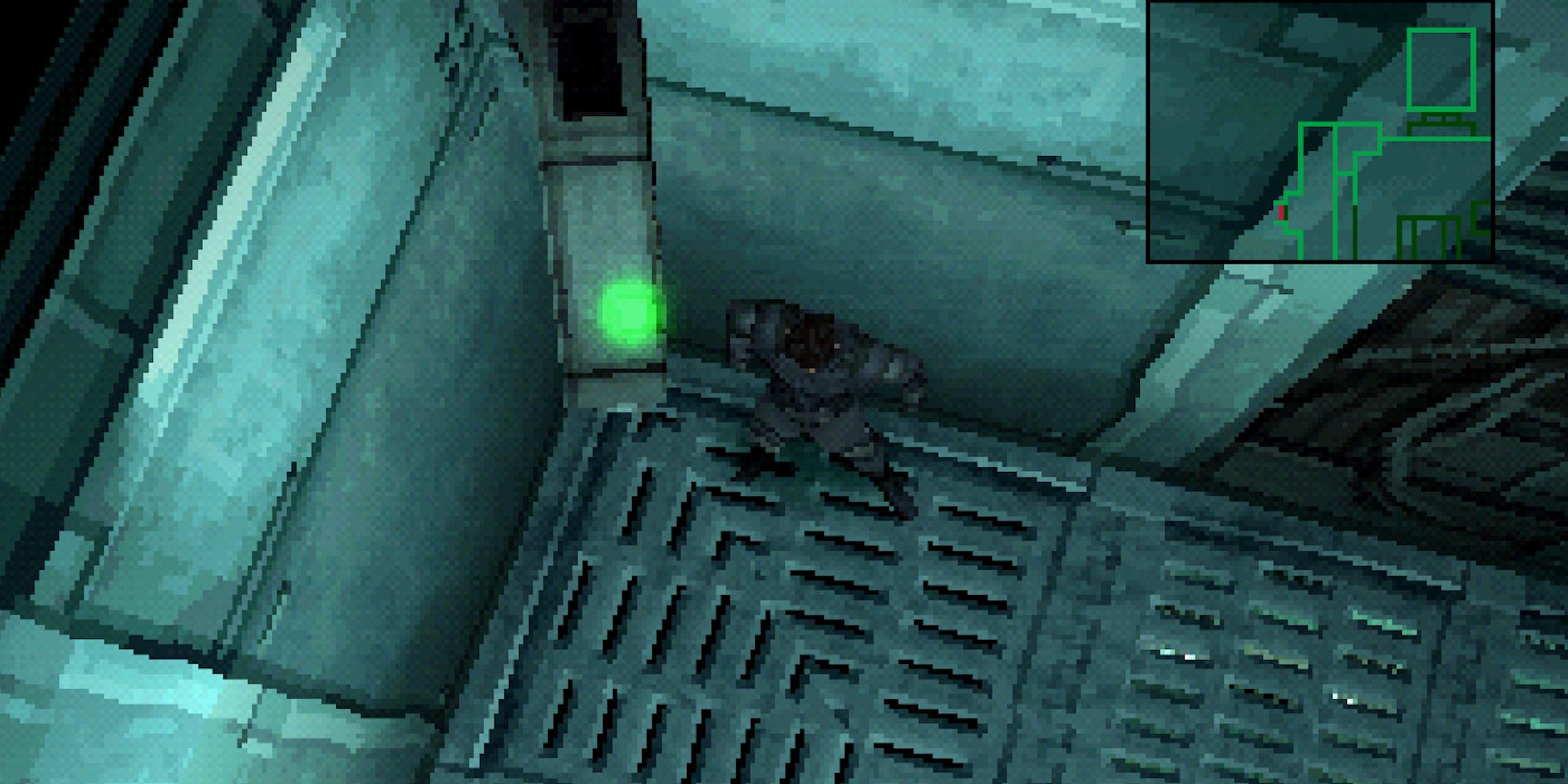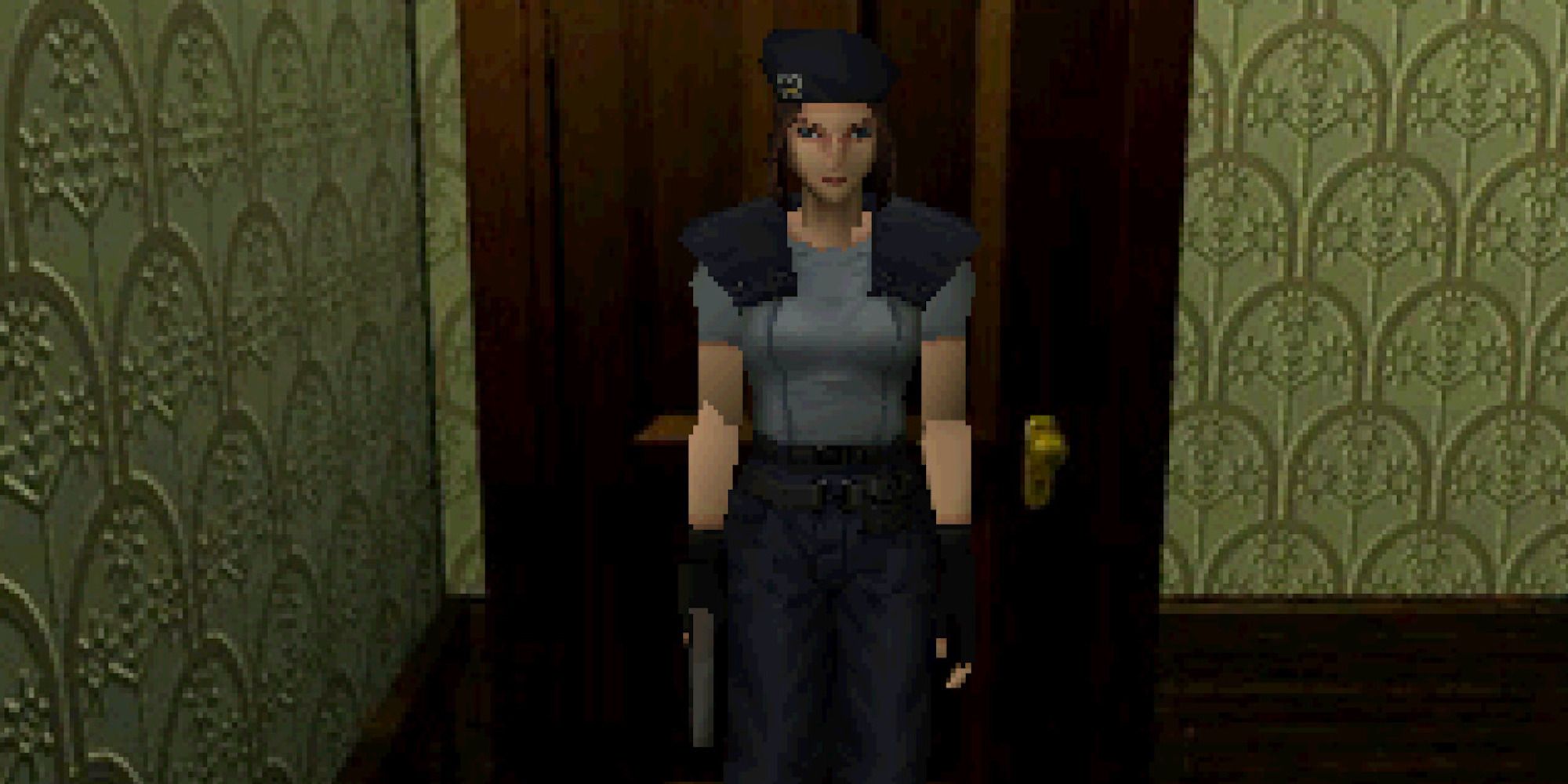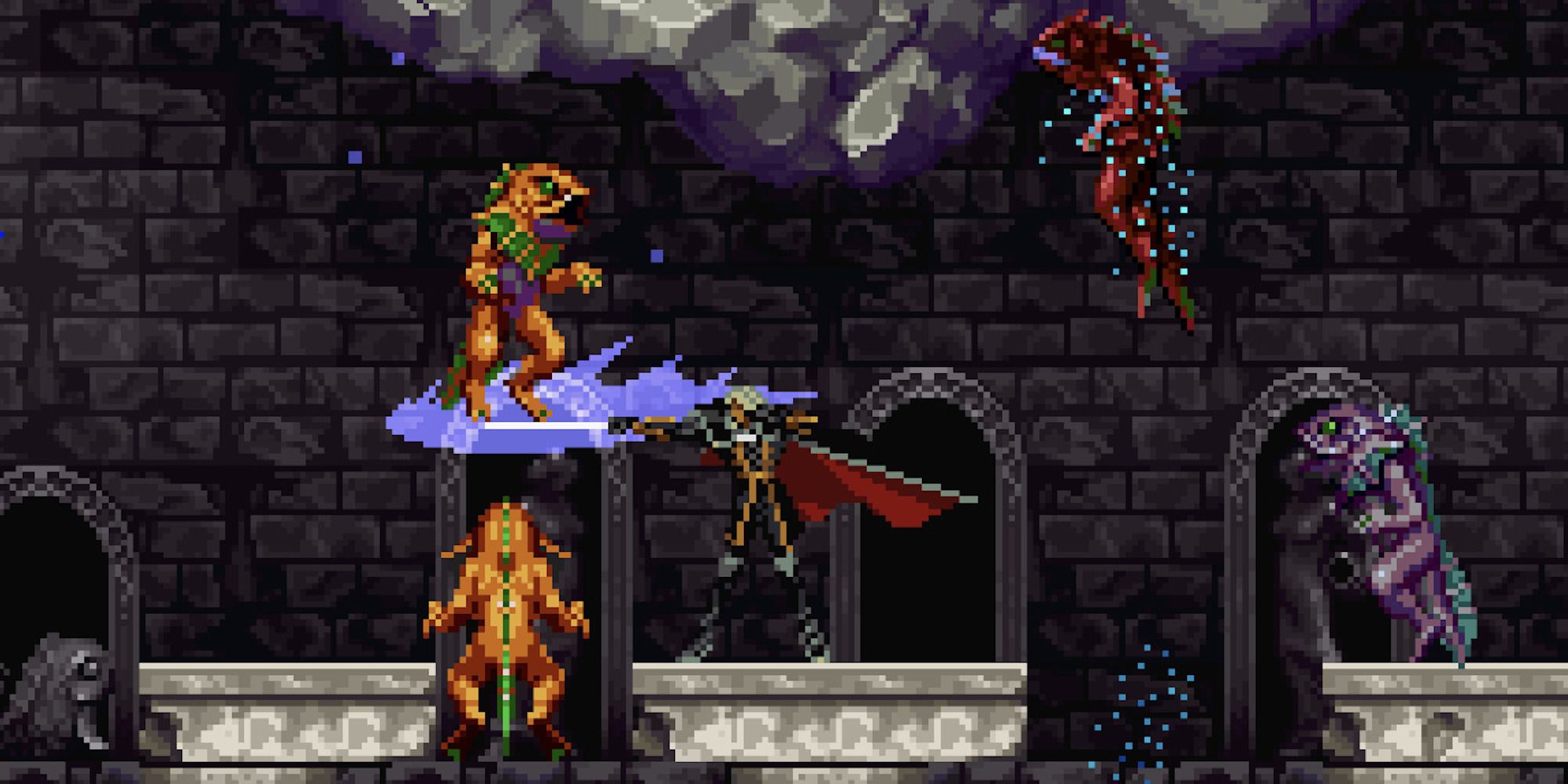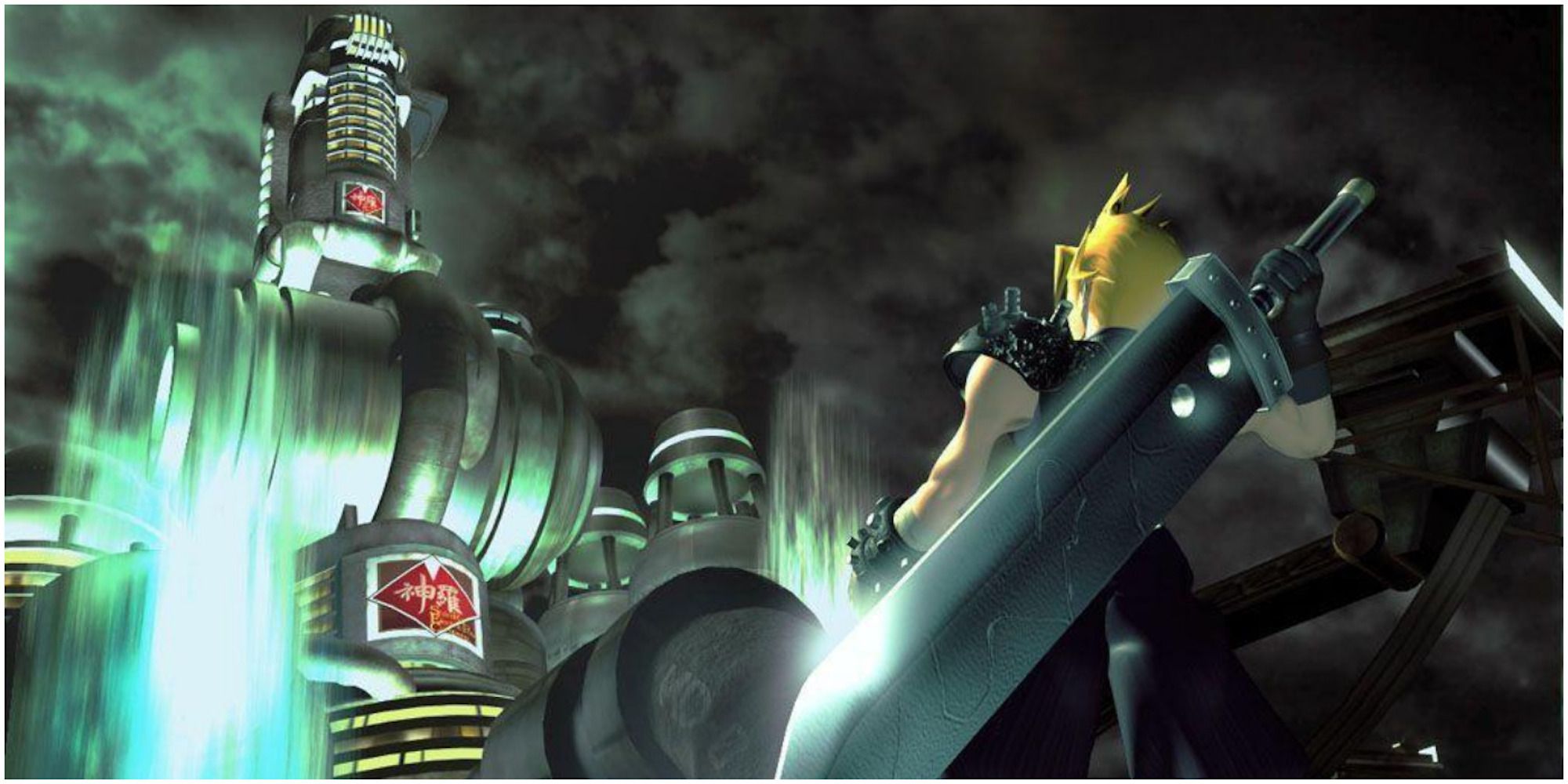Video games, as compared to other mediums, have not been around for that long. That has made following the evolution pretty easy for a lot of gamers that grew up in the 80s when the console scene blew up. They could see where certain genres and or mechanics came from. Copying others may seem underhanded, but when it came to video games, it led to innovation.
As another example, Super Mario Bros. on the NES was not the first platformer but it certainly made the genre way more popular. What games in the 90s contributed to the industry in ways that are still felt to this day? The Super Nintendo, Game Boy, N64, PC, and PS1 all have secrets worth learning about.
10 Wolfenstein 3D
Wolfenstein 3D released in 1992 for computers. Doom was a 1993 release which is often heralded as the bringer of first-person shooters but Wolfenstein 3D is where it really started. Killing Nazis never felt so good. No matter which came first, they were both integral to creating what would become one of the most popular game genres in the world.
9 Half-Life
Half-Life was big as a first-person shooter, but that’s not how it influenced video games. Up to this most most video games told their stories through text boxes and or cutscenes. Half-Life instead told its stories through context clues left in the environments like wall scrawls. It also did away with cutscenes and allowed players to interact with story elements as conversations played out in real time.
8 The Legend Of Zelda: Ocarina Of Time
The Legend of Zelda: Ocarina of Time proved to be a big hit as the first 3D Zelda on the N64. However, how it went on to influence gaming is very small in comparison to the game’s scope. It was its lock-on system which redefined action games in a 3D space.
To be fair another game can be given credit for this, Mega Man Legends. It came out first, 1997 as compared to 1998, but as both were in development at the same time neither game probably copied the other.
7 Super Mario 64
Super Mario 64 was the launch game to end all launch games for the N64. It proved that 2D series like Mario could make the jump easily into 3D. It wasn’t that easy for some developers to capture the magic that Nintendo presented in this game. It’s also rough around the edges now compared to modern 3D platforms like Ratchet and Clank: Rift Apart. However, that game and others like it have to thank Super Mario 64 for its building blocks.
6 Street Fighter II
No one remembers the original Street Fighter from arcades. It didn’t make a huge splash in fighting games compared to its sequel which redefined the genre. The slick visuals, character roster, and combo system made Street Fighter II an instant arcade classic. The game received console port after console port, like the SNES, on top of dozens of clones throughout the years.
5 Pokemon Red/Blue
Monster catching was not first introduced in Pokemon. The concept was seen earlier in RPGs such as Shin Megami Tensei and Dragon Quest V. As those were Japanese only games at first, Pokemon then was like the West’s introduction to the concept on the Game Boy. That might be one reason why it blew up so much on top of these two games just being great RPGs. The influences of Pokemon in the gaming world are too numerous and obvious to count.
4 Metal Gear Solid
Stealth had been done before in video games, but not like this. The original two MSX games are early prototypes of the systems Hideo Kojima would introduce to the world in Metal Gear Solid. From the footprints left in the snow to using cigarettes to light laser wires, this game was incredibly immersive as a spy thriller. It also pushed storytelling forward on the PS1 with all of its numerous cutscenes.
3 Resident Evil
Resident Evil is another example of a game not coming up with the idea of horror, but turning it into something a bit new. However, Capcom made sure this first entry would be a memorable game on the PS1. The dual campaigns, puzzles, monsters, cheesy story, and everything in-between setup the survival horror genre as gamers know it today. This series in particular has changed a lot itself, but evolution and change are good things for the industry.
2 Castlevania: Symphony Of The Night
The original Metroid is thought of as the originator of the genre. Super Metroid introduced the map and refined the original’s mechanics to a fine point. Castlevania: Symphony of the Night then introduced RPG elements and storytelling thus creating the Metroidvania genre on the PS1.
It was a genre that pretty much only existed between these two games for decades. However, when these series were all but abandoned around the 2010s, indie developers brought the genre back with gusto.
1 Final Fantasy VII
There are two Squaresoft games from the 90s that helped RPGs along. Final Fantasy VII is the obvious choice as it was like the Super Mario 64 of RPGs on the PS1. It was an incredible effort for the platform and introduced the genre to many gamers thanks to its bombastic advertising as an event game one could not possibly miss.
Chrono Trigger is the other game worth mentioning as it was sort of a parody of RPGs. It was ahead of its times with its unique mechanics and storytelling options. Its ripples are still felt in the genre but it never hit as big financially as Final Fantasy VII to the dismay of many fans.

